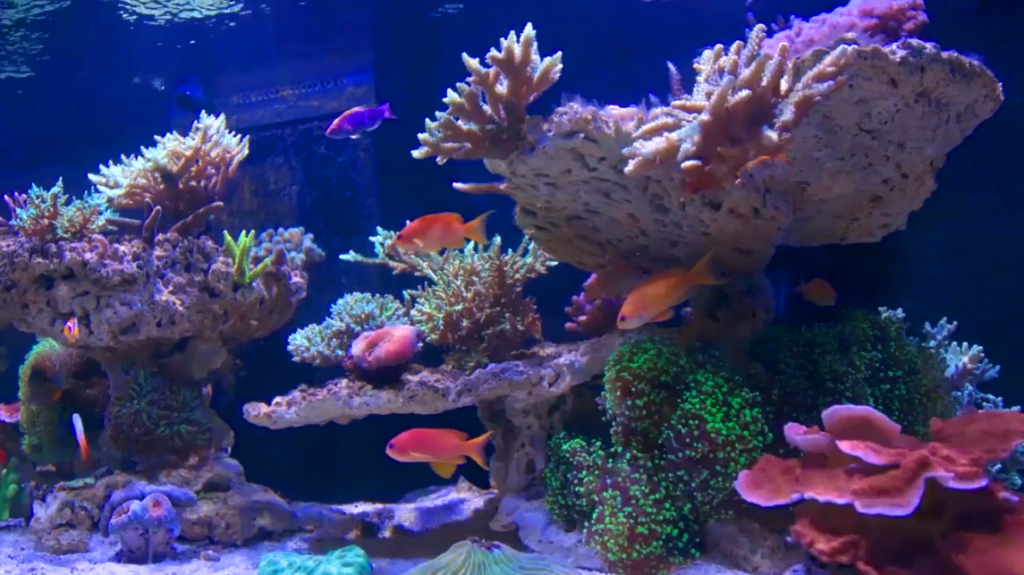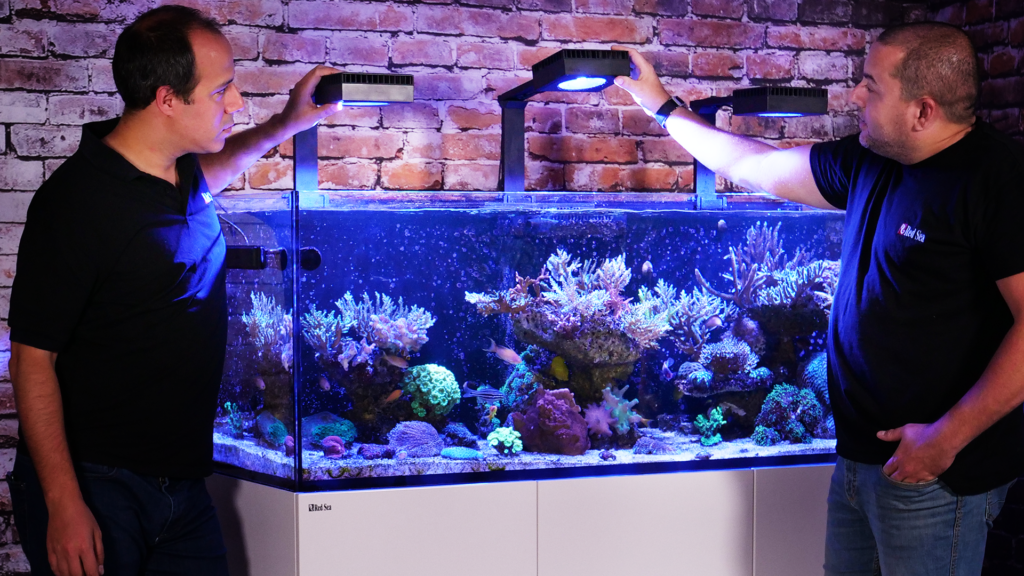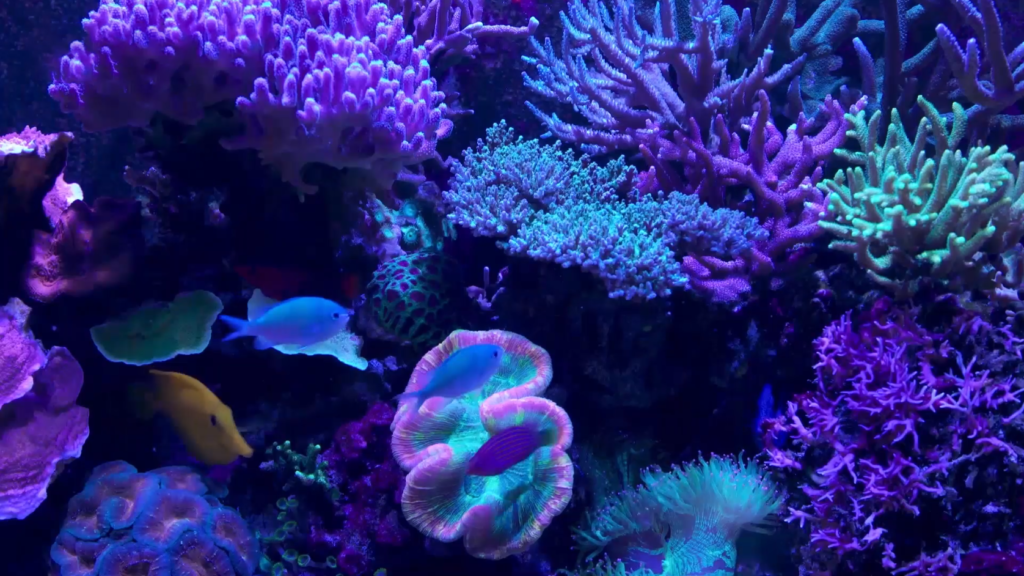
Sharon Ram
Red Sea's Chief scientist
- January 26, 2020
- 2 minutes read
What makes aquarium lighting reef-safe?
Lighting #2 | Red Sea Insights
In the Lighting blog #1 , I blogged about the importance of light in your reef aquarium.
In this blog, I’ll explain about Reef-Safe lighting and REEF-SPEC.
In the context of lighting, REEF-SPEC means the tested specifications that are required by corals to flourish in an artificial environment, like your reef aquarium. So, REEF-SPEC, in a nutshell, is what your corals need.
Now, if you’re thinking: How does Reef-Safe even apply to lighting? Or: What’s the difference between REEF-SPEC and Reef-Safe? Well, that’s what this blog is here for.
We all know that what corals need and what reefkeepers want aren’t always the same thing. Sometimes, what pleases the eye, are the wavelengths, light intensities, or prolonged photoperiods that generate excessive energy.
This undesired energy source turns into heat, promotes the formation of toxic, free oxygen radicals, and damages coral tissue, zooxanthellae, and more.
That’s why we created the “Reef-Safe” standard for lighting that focuses on us as reef hobbyists. It reduces the risk of user errors, which may damage the corals. Red Sea’s ReefLED™ light allows us to set and change the lighting to suit our visual preferences, but still, be on safe grounds without harming the corals.
To determine exactly what meets both the biological and physiological needs of these amazing creatures, we conducted intensive research into the photobiology of corals. We were able to identify the specific light spectrum, light intensity, and photoperiod that provide the optimal conditions for corals to flourish.
These are our guidelines for creating optimal reef conditions in your aquarium, or what we like to call, REEF-SPEC.
Just to give you an idea, the optimal spectrum for coral growth and color expression, is between 360 to 480 nm (nanometers). We’re talking about UV and blue spectrum mainly, and not all of it is within the visible light range.
If your lights go above 480 nm into the greens, yellows and reds, you could even harm the corals. I’ll explain more about it in the following blogs.
In the next blog I’ll take a deep dive into the light spectrum and bust some myths about how to measure it >>
Check out our ReefLEDs, the Reef-Safe lighting that deliver the precise light spectrum, intensity, and photoperiod that provide the optimal conditions for corals to flourish


